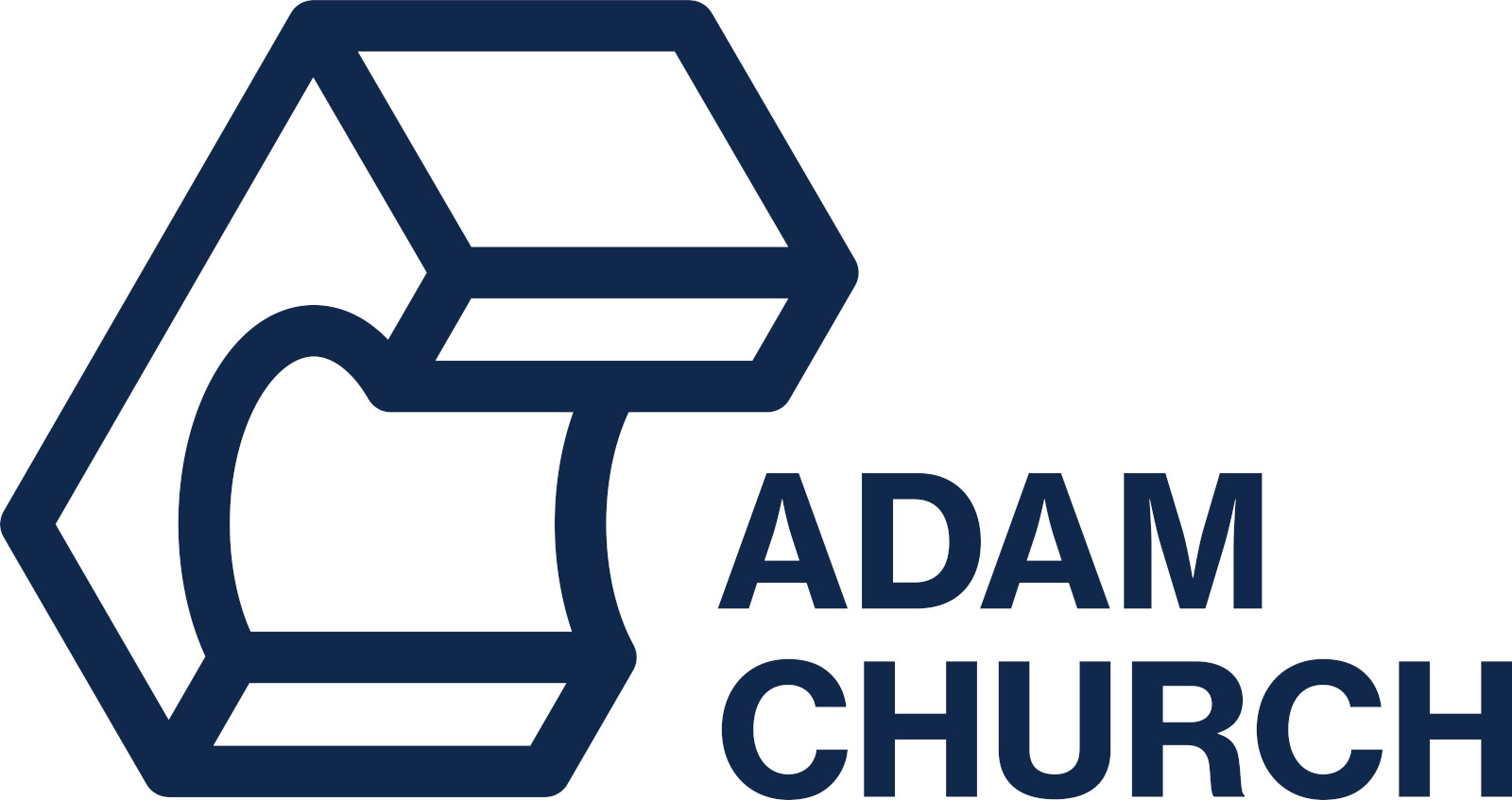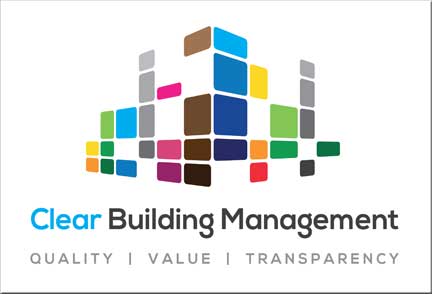The sector has today announced its long-awaited workaround to the government-issued Advice Notice 14, which had been causing zero valuations on many blocks and stalling the flats market in England and Wales.
The new industry-wide process agreed for valuation of residential buildings over 18 meters was spearheaded by the Royal Institution of Chartered Surveyors (RICS) and has the support of the Building Societies Association (BSA) and UK Finance, the body representing lenders.
The Association of Residential Managing Agents also provided input to the project, with chief executive Nigel Glen telling The Times that “more than a million properties” could be helped by the reform.
The new External Wall Fire Review does not use the absolute terms used in controversial Advice Notice 14, but instead asks engineers to look at the “primary materials” used on the building.
Until today, no building had this report.
RICs claim that the guidelines “require a fire safety assessment to be conducted by a suitably qualified and competent professional delivering assurance for lenders, valuers, residents, buyers and sellers”, adding that it will help leaseholders in high-rise buildings to re-mortgage.
LKP chair Martin Boyd said:
“We welcome the initiative, but there are a few concerns that need to be dealt with.
“Ultimately, we still need government to intervene to ensure experts can obtain the necessary professional indemnity insurance to inspect these buildings. Without movement on this, we’ll still be in this mess.
“The government has known that Advice Notice 14 is not fit for purpose and should have been updated a long time ago. It’s been over 900 days since the Grenfell tragedy. It is disappointing that the sector has had to come up with this initiative.”
Long-standing leasehold activist Shula Rich said:
“Whilst clearly the right thing to do, I hope the new certificates won’t turn into an open cheque book to milk leaseholders, RMCs, and RTMs.
“Who is responsible for putting things right? In my opinion if the cladding conformed with building regs at the time then as these are a legal requirement, it should be the government.
“Who will be paying to remove any dodgy cladding forced on council leaseholders who are still paying for its installation?”
It is unclear what happens for sites where the building owner has managed to obtain an AN14/22 report. LKP queries whether they will be expected to commission an update based on the guidelines announced today.
These reports are not documents that individual leaseholders will be expected to obtain. The report makes clear that there should be one report for the building and that the certificate should last for five years.
The flow chart refers to Note 3, which does not exist in the press release. It is, however, set out in the more detailed notes provided for the sector:
“Note 3 – For Option B the signatory would need expertise in the assessment of the fire risk presented by external wall materials and should be a member of a relevant professional body that deals with fire safety in the built environment. This could be a Chartered Engineer with the Institution of Fire Engineers or equivalent.”
It is concerning that yet again there are suggestions that third-party freeholders will meet the costs of complying with the new guidelines as the evidence shows very few of them have done any paying until now.
In comments to The Times, Charlie Blagbrough, of the Building Societies Association, said:
“Potentially building owners will be footing the bill. Clearly it is up to the building owner how much they pay fire-safety experts and how much they charge [leaseholders].”
There is still a risk that the government’s independent advisory panel will produce updates that supersede the guidelines announced today.
Flat owners face bigger bills for fire checks after Grenfell
More than a million people who own a flat could have to pay a higher service charge to cover the cost of tougher fire safety checks to comply with new standards brought in since the Grenfell fire.Today banks, building societies and the Royal Institution of Chartered Surveyors (RICS) will publish req
While the system is intended only for residential buildings over 18 meters, LKP is aware that many valuers had been asking for AN14 compliant reports for buildings under 18 meters:
Given Dame Judith Hackitt’s very clear statements about stakeholder engagement, it is disappointing that RICS did not engage with any consumer-facing groups, such as LKP and the All Party Parliamentary Group on Leasehold and Commonhold Reform, representing those who are most impacted by this issue.
LKP has asked the Secretary of State to confirm whether the December 31 deadline for the ACM cladding fund will be extended.
Press release: External Wall Fire Review – joint BSA UKF RICS statement






 Leaseholders and freeholder of evacuated Manchester block win £10.8m insurer payout for ‘serious defects’
Leaseholders and freeholder of evacuated Manchester block win £10.8m insurer payout for ‘serious defects’





















